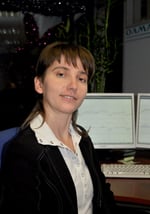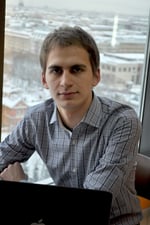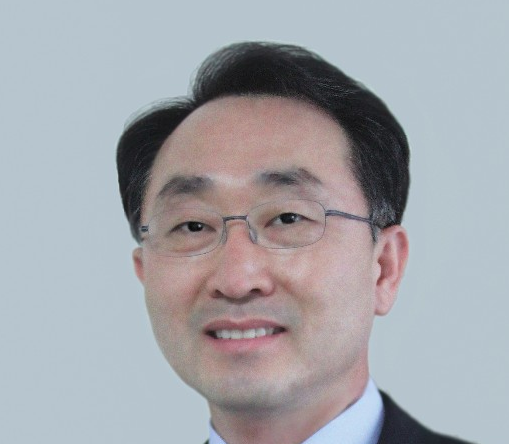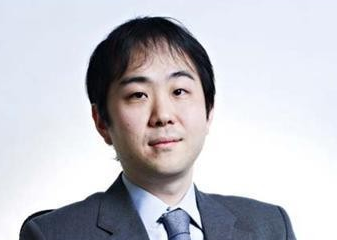5 min read
Korean Market Upgrades
By David In-hwan Lee

By Alena Melnikova, Valerian Zamolotskikh, Vasily Tulintsev
OLMA Investment Company’s Alena Melnikova and Valerian Zamolotskikh assess the Russian exchanges and comment on DMA and algorithmic trading.
 Are algorithms widely used by Russian trading firms, and what asset classes are they used for (options, futures, ForEx, bonds, commodities)?
Are algorithms widely used by Russian trading firms, and what asset classes are they used for (options, futures, ForEx, bonds, commodities)?
Algorithmic trading on the Russian market is relatively well developed. According to average estimates, about 60% of trading volume in our market is created by algorithmic trading systems. We use strategies similar to those used in Western markets: market making, arbitrage, pair trading, stochastic methods. However, algorithms for minimizing impact costs are not very popular, because there are few participants who can sufficiently affect prices. Algorithms to minimize market impact will be more popular with the advent of large participants and new funds. Trading firms widely use market making and arbitrage strategies, while stochastic methods are widespread amongst common traders.
Algorithmic trading in general and stochastic methods in particular are widespread amongst traders because the share of traders with strong mathematic skills is relatively high. These traders use stochastic methods for developing strategies and program algorithms for them. On the other hand, brokers meet traders’ requirements and develop trading platforms for the opportunity to connect traders’ applications with their platforms by API, internal programming language and so on. Algorithms are mostly used for futures, and slightly less for options, but the most liquid instruments in Russia are futures on the index RTS; the majority of algorithms use this asset class.
Do you see an increase in DMA to Russian markets, and if so, will it come through equities, derivatives, ETF’s or other products?
It is difficult to say if DMA is developing in some specific products. Often, it depends on the exchange that provides the DMA. DMA is developing in equities on MICEX and in derivatives on RTS through the RTS Standard (equities T+4). DMA will develop proportionally alongside current liquidity. Futures on the RTS Index and Sberbank shares (on MICEX) remain the most interesting for algorithmic traders. As for ETFs, they are a new product on our market and are not very popular at this time, although we do expect development of DMA in this asset class.
How will data centers and increased connectivity, within Russia and out to London and international exchanges, affect high frequency and algorithmic traders?
We think data centers and increased connectivity will have a positive impact on our financial system generally, and on HFT in particular. First of all we expect increasing liquidity in commodity, currency and index futures. Second, narrowing spreads will result in an increase in trading volume and more arbitrage strategies, for example ADRs-equities. Third, with the advent of foreign HF traders, local traders have to improve their technologies, equipment and strategies, all of which certainly will have a positive effect.
 Are Russian exchanges’ trading architectures ‘fast enough’ and what do RTS or MICEX need to do to meet Russian traders’ demands?
Are Russian exchanges’ trading architectures ‘fast enough’ and what do RTS or MICEX need to do to meet Russian traders’ demands?
From our point of view, the Russian exchanges’ trading architectures are considered fast enough. An average round trip is 10-20 microseconds for both RTS and MICEX. What is more, RTS makes continual efforts to improve the trading environment. Last year RTS launched a new protocol Plaza II, which aims to improve and accelerate trading conditions. RTS is much more mobile, determined and creative, fast to meet investors’ requirements and ready to discuss improvements to their current work. Technical failures, however, can happen on RTS. MICEX is stable, but tends to develop slowly, which limits its appeal for HFT clients. HF traders seem to choose RTS, which offers halved fees for intraday trading and allows them to place their equipment in RTS’ data center on more attractive terms.
What is your impression of Moscow’s future as a financial center?
I would have to say that much remains to be done. However, in recent years, market professionals with the state’s support have made important steps in this direction. For example, the taxation of derivatives adopted last year. Of course, it is difficult to compare Moscow with other financial centers now, but the prospects are very encouraging.
Vasily Tulintsev, Senior Project Manager, Financial Services for Russian developer LUXOFT explains why RTS recently upgraded their FIX gateway.
The opportunity to access RTS Stock Exchange via FIX delivers many advantages to both the RTS Stock Exchange and its present and potential clients. For the Stock Exchange it is, above all, an opportunity to broaden its client base. FIX is a messaging standard that enables the development of technological solutions, adopted by many leading world trading venues and it is widely applied by international clients. The implementation of RTS’ FIX Gateway creates access to the Russian market for those brokers and players connected to trading systems through these protocols. Moreover, FIX will allow RTS to significantly raise the exchange’s trading capacity to accommodate a greater number of clients without additional investments in exchange infrastructure.
Clients recognise that the FIX Protocol offers a means of a fast and cost-effective connection to trading venues. RTS now has a technology platform for direct high-speed low latency connectivity to the exchange, which provides support for upcoming changes to the RTS interface. The RTS adapter was developed in the C++ language to provide access to the RTS Stock Exchange via FIX and is compatible with all protocols used at RTS. The RTS adapter is certified by the RTS Stock Exchange and provides minimal latency in trading.
 Read More
Read More

4 min read
Christian Zimmer, Head of Quantitative Trading and Research, and Hellinton Hatsuo Takada, Quantitative Trader, of Itaú Asset Management reveal the...

6 min read
In an ever-changing global environment, Brian Ross, CEO of FIXFlyer, examines FIX and connectivity across emerging exchanges.